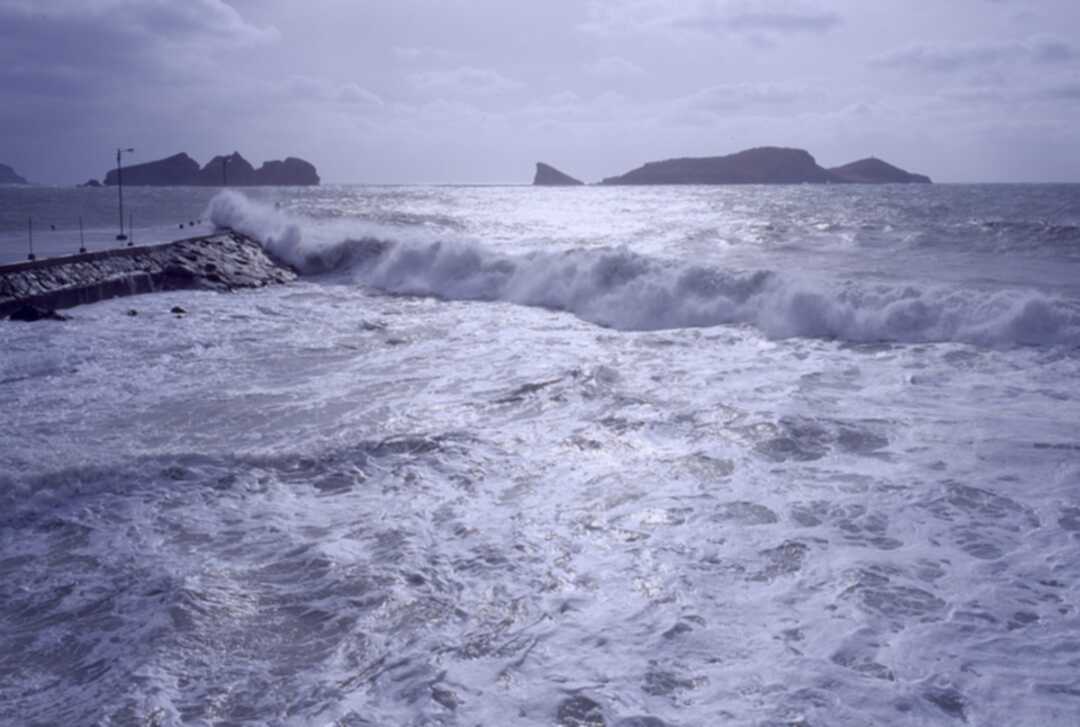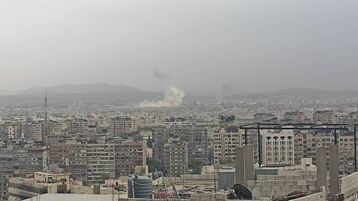-
Typhoon Ray in the Philippines claims over 208 lives so far

The BBC reported, Philippines police are quoted as saying by local media that at least 208 people are now known to have died after a powerful storm struck the country on Thursday.
Super Typhoon Rai - with winds of about 195km/h (120mph) - sent some 300,000 people running for safety when it hit the country's south-eastern islands.
At least 239 people were injured and 52 others have been reported missing by local police.
The BBC said that rescue teams have described scenes of "complete carnage".
It mentioned, there are fears widespread landslides and flooding may have claimed more lives.
The chair of the Philippines Red Cross, Richard Gordon, told the BBC: "Many areas have no power, no communications, very little water."

"There are some areas that look like it has been bombed worse than World War Two."
According to the BBC, the International Federation of Red Cross and Red Crescent Societies has launched an emergency appeal seeking 20 million Swiss francs (£16m; $22m) to fund long-term relief efforts.
Typhoon Rai weakenes after slamming into southern and central parts of the Philippines
Tens of thousands of Filipinos evacuated as strong typhoon approaches
Philippines Duterte orders arrest of mask violators to contain COVID-19 surge
Mr Gordon said: "Red Cross emergency teams are reporting complete carnage in the coastal areas," adding that "Homes, hospitals, school and community buildings have been ripped to shreds."
The BBC said that thousands of military, coast guard and fire personnel have been deployed in the country's worst-affected areas to assist with search and rescue efforts.
It added that on average about 20 storms and typhoons strike the Philippines each year.
In 2013, more that 6,000 people lost their lives, as Typhoon Haiyan-the country's deadliest storm on record, hit the Philippines.
It should be noted that Super Typhoon Rai is the most powerful to hit the Philippines in 2021, and comes late in the region's typhoon season - with most cyclones developing between July and October.
Scientists have long warned that rising global temperatures, induced by man-made climate change, are causing typhoons to become more powerful and strengthen more rapidly.
Source: BBC
You May Also Like
Popular Posts
Caricature
BENEFIT Sponsors BuildHer...
- April 23, 2025
BENEFIT, the Kingdom’s innovator and leading company in Fintech and electronic financial transactions service, has sponsored the BuildHer CityHack 2025 Hackathon, a two-day event spearheaded by the College of Engineering and Technology at the Royal University for Women (RUW).
Aimed at secondary school students, the event brought together a distinguished group of academic professionals and technology experts to mentor and inspire young participants.
More than 100 high school students from across the Kingdom of Bahrain took part in the hackathon, which featured an intensive programme of training workshops and hands-on sessions. These activities were tailored to enhance participants’ critical thinking, collaborative problem-solving, and team-building capabilities, while also encouraging the development of practical and sustainable solutions to contemporary challenges using modern technological tools.
BENEFIT’s Chief Executive Mr. Abdulwahed AlJanahi, commented: “Our support for this educational hackathon reflects our long-term strategic vision to nurture the talents of emerging national youth and empower the next generation of accomplished female leaders in technology. By fostering creativity and innovation, we aim to contribute meaningfully to Bahrain’s comprehensive development goals and align with the aspirations outlined in the Kingdom’s Vision 2030—an ambition in which BENEFIT plays a central role.”
Professor Riyadh Yousif Hamzah, President of the Royal University for Women, commented: “This initiative reflects our commitment to advancing women in STEM fields. We're cultivating a generation of creative, solution-driven female leaders who will drive national development. Our partnership with BENEFIT exemplifies the powerful synergy between academia and private sector in supporting educational innovation.”
Hanan Abdulla Hasan, Senior Manager, PR & Communication at BENEFIT, said: “We are honoured to collaborate with RUW in supporting this remarkable technology-focused event. It highlights our commitment to social responsibility, and our ongoing efforts to enhance the digital and innovation capabilities of young Bahraini women and foster their ability to harness technological tools in the service of a smarter, more sustainable future.”
For his part, Dr. Humam ElAgha, Acting Dean of the College of Engineering and Technology at the University, said: “BuildHer CityHack 2025 embodies our hands-on approach to education. By tackling real-world problems through creative thinking and sustainable solutions, we're preparing women to thrive in the knowledge economy – a cornerstone of the University's vision.”
opinion
Report
ads
Newsletter
Subscribe to our mailing list to get the new updates!





















